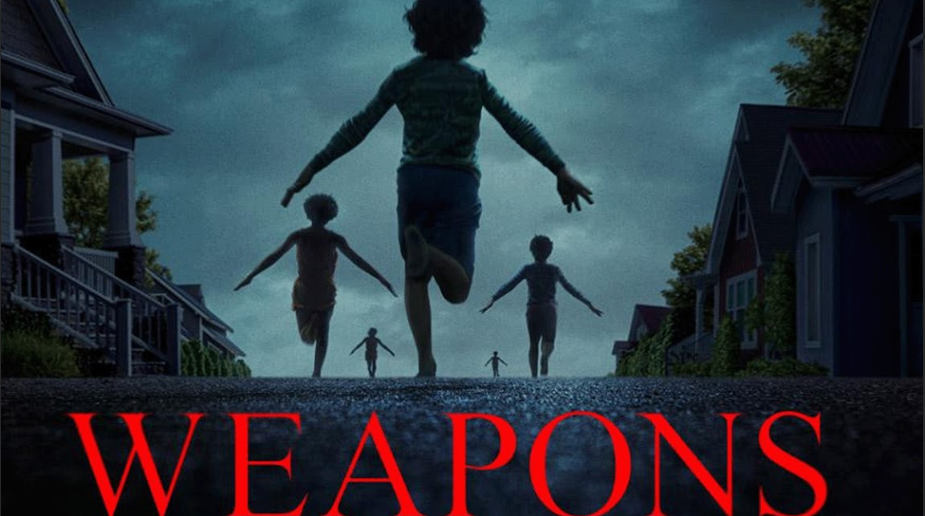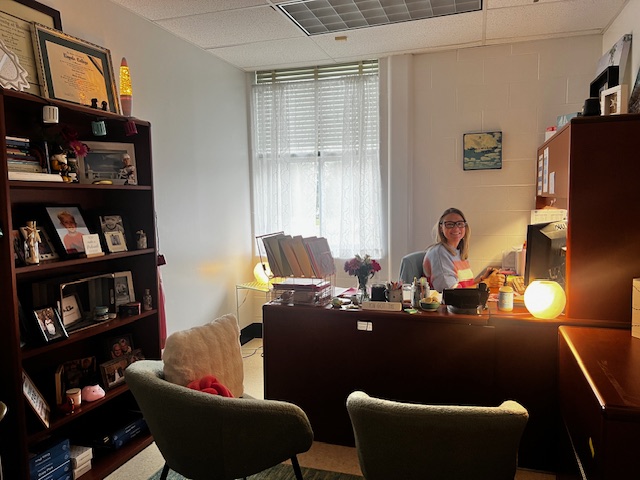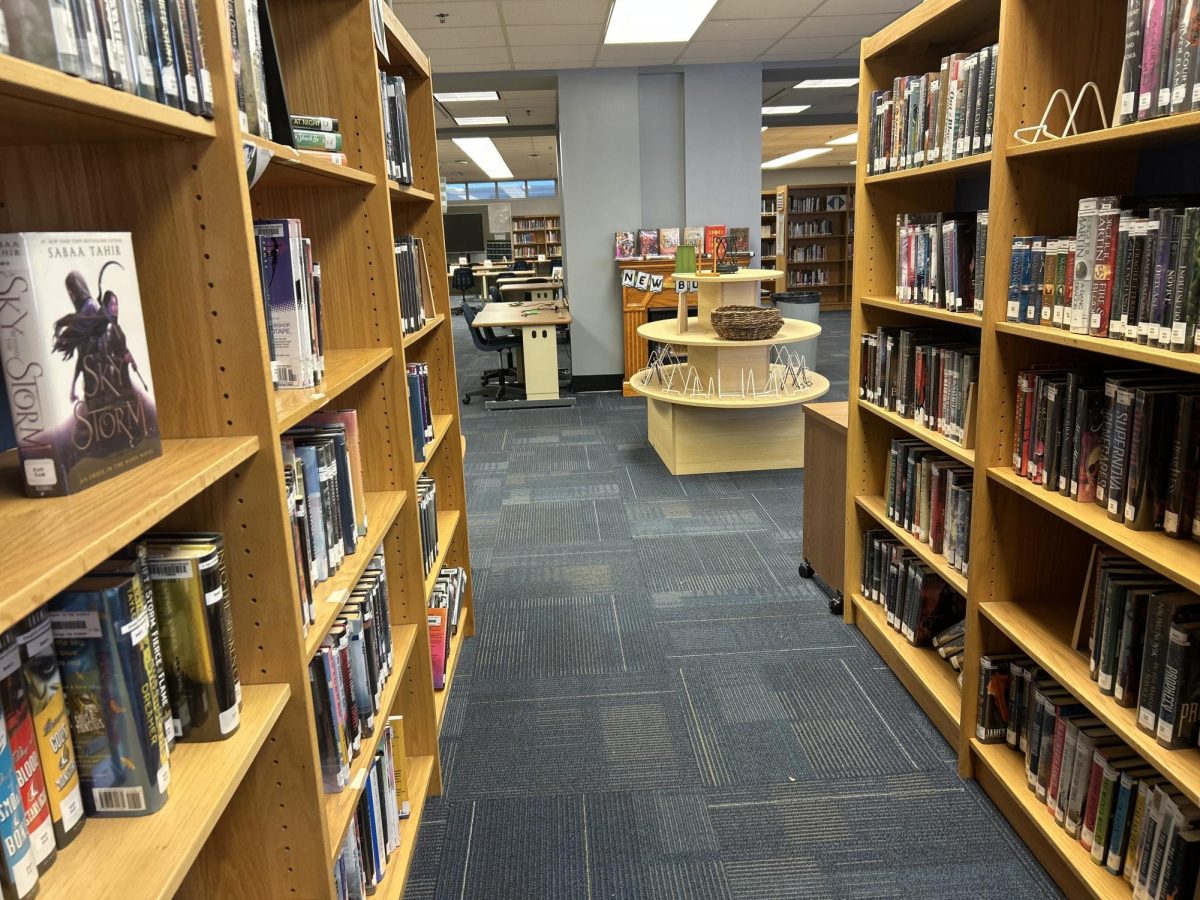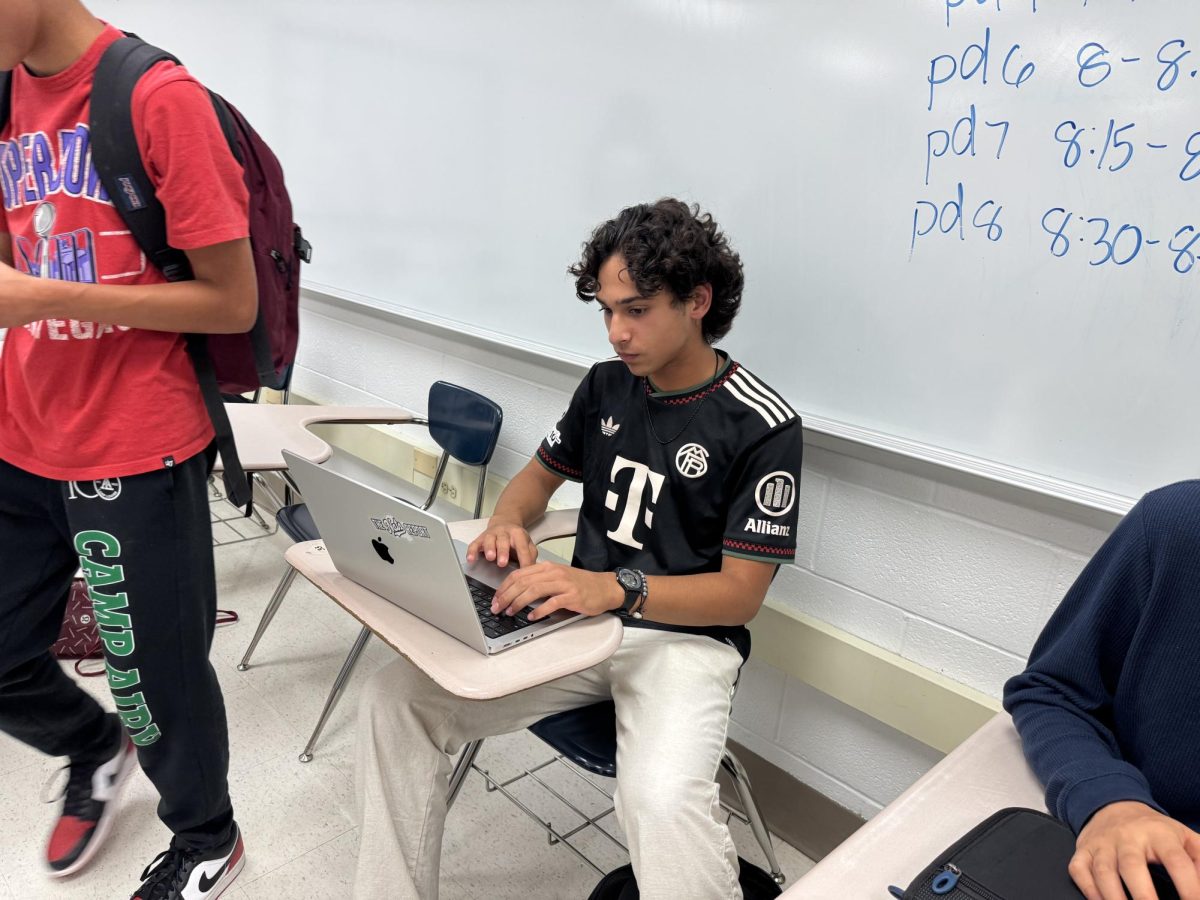Papers are scattered all around a desk. The calculator shuts down after being exhausted from processing billions of numbers. Statements upon statements screaming “OVERDUE” cover the floor. When it comes to finances, life is not easy. As many adults try to avoid the “Confessions of a Shopaholic” syndrome, they often struggle to balance their budget well. So, what can schools do to aid in this crisis?
In 2023, the SPARK Institute & Corporate reported that from “5 multiple choice questions about credit score, loans, retirement savings, investing, and interest accrual. Only 39 [percent] of college students got more than half the answers correct, while their high school counterparts scored slightly lower at 37 [percent]”. Therefore it is apparent that financial literacy, the understanding of various important economic concepts and skills, needs to be taught in schools.
A financial literacy course in the high school curriculum offers students the opportunity to learn how to have better financial habits. Financial habits can include the amount someone spends and saves in a given period based on their monthly intake. While developing a monthly allowance might sound childish, it is just as relevant in adulthood. High schoolers need to learn good financial habits to avoid debt in the future.
A benefit of financial literacy courses is that they simulate real-life experiences. For example, in WCHS’ AP GovPolitics US NSL, students explored the cost of living and real estate in different areas of the U.S. on Zillow. By comparing the prices of homes on a widely used and real site, students could see the impact of their budget on where they could live. These hands-on and realistic projects make learning about personal finance more practical and better prepare students for common situations in a fun and engaging environment.
Additionally, financial literacy can help high school students reach their financial goals. For instance, when students understand how to budget and earn money, they can achieve their goal of buying their first car or going to the beach with their friends. A common financial goal is to be financially stable, which can be taught in a financial literacy course. Being financially stable in society gives them flexibility in their daily life and offers some comfort that some adults don’t have.
Many argue that financial literacy shouldn’t be taught in schools because it doesn’t automatically lead to financial responsibility. However, taking a financial literacy course also prepares high school students for when they have not been financially responsible. Financial literary courses also focus on debt management and improving credit scores. Therefore, a financial literacy course is one of the most relevant teachings that high school students will use in their lives.
A 2024 Intuit Financial Education survey, found that 85 percent of U.S. high school students are interested in learning about financial topics in school, and 95 percent of students who currently receive financial curriculum find it useful. Currently, at WCHS, there is a Personal Finance semester class offered. However, many students neglect to take it due to other class requirements and interests. Furthermore, in WCHS’ Bulldog Pride Lessons, which are mandatory for every student, there is no instruction on personal finance. It is apparent that high school students want and need to be financially educated through WCHS’ Bulldog Pride Lessons and other forms of instruction.















